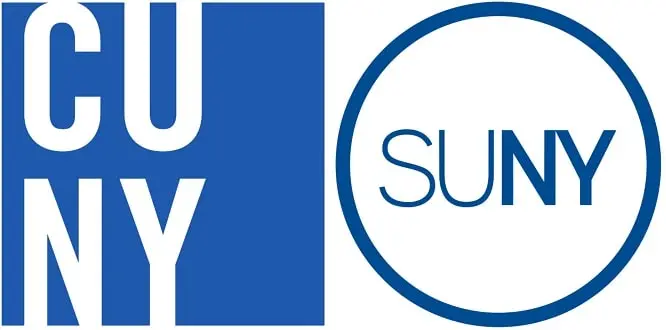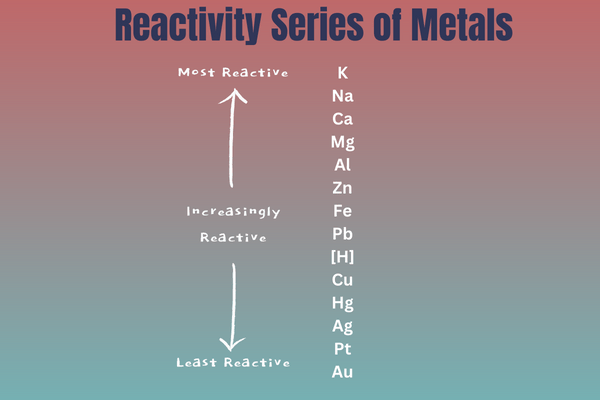Starting a journey in graphic design school can be exciting, but the cost of tuition often feels overwhelming.
Many students wonder how they’ll afford the program without putting themselves in heavy debt.
The good news? Financial aid and scholarships are widely available for creative students who know where to look.

Why Financial Aid Matters in Design Education
Unlike some majors, design programs often require expensive software, supplies, and portfolio projects.
I remember during my first semester, my supply list included high-end sketchbooks, an Adobe subscription, and specialty printing costs—all on top of tuition.
Without aid, many talented students never get the chance to pursue their passion.
graphic design school programs that offer guidance on scholarships and funding can make a huge difference in a student’s ability to succeed.
Types of Financial Aid Available
Financial aid for art and design students usually falls into three categories:
- Federal Grants
Programs like the Pell Grant provide money you don’t have to pay back. Many students underestimate how much this can cover. - Student Loans
While loans should be a last resort, federal loans often have lower interest rates and repayment options linked to income. I used a small loan in my junior year to cover software costs, and the flexible repayment plan kept it manageable. - Work-Study Programs
Many colleges let students work part-time jobs on campus. I worked in the campus print lab, which not only gave me a paycheck but also free access to high-quality printers.
Scholarships Designed for Creative Students
Scholarships are especially valuable because they don’t require repayment.
Some are general, while others are awarded based on portfolios, GPA, or even a student’s personal story.
Examples include:
- Merit-Based Scholarships — awarded for outstanding academic or artistic performance.
- Portfolio Competitions — many art foundations sponsor contests that double as scholarship opportunities.
- Diversity Scholarships — designed to encourage underrepresented groups to enter creative industries.
One of my classmates won a $2,000 award after submitting a poster design for an environmental awareness campaign.
That single scholarship paid for nearly all her supplies for the year.
How to Find Scholarships for Graphic Design Students
Here are proven ways students can track down funding opportunities:
- Check with Your School’s Financial Aid Office
Most institutions keep a running list of local and national scholarships. - Industry Associations
Groups like AIGA and the Graphic Communications Scholarship Foundation often sponsor competitions and scholarships. - Community Foundations
Local arts councils or nonprofit organizations regularly award grants to support creative talent. - Employer Programs
Some companies offer tuition assistance if you work part-time or commit to joining their creative team after graduation.
Real-Life Student Experiences with Aid
I recall a fellow student who almost dropped out after her second year due to rising tuition.
She applied for a regional scholarship that required submitting a portfolio of brand identity work.
Her project on redesigning a small coffee shop’s logo not only won the award but also led to freelance opportunities.
Another student I knew used a combination of Pell Grants and a scholarship from a tech company that supported women in digital media.
By graduation, she owed less than $3,000 in loans—while many others carried five times that amount.
Tips for Applying Successfully
- Start Early — Deadlines sneak up quickly, and many scholarships close months before the semester begins.
- Polish Your Portfolio — Even if the scholarship isn’t strictly portfolio-based, a strong body of work makes your application stand out.
- Personalize Essays — Share your unique story. One of my applications focused on how design helped me process grief, which struck a chord with the review panel.
- Apply Widely — Don’t rely on one or two big awards. A handful of smaller scholarships can add up quickly.
Beyond Scholarships: Budgeting for Design School
Financial aid doesn’t solve everything. Smart budgeting can stretch every dollar. Some practical approaches include:
- Using open-source or student-discounted software when possible.
- Splitting supply costs with classmates (like bulk paper orders).
- Selling unused designs or templates online for extra income.
During my studies, I picked up freelance logo design gigs that helped cover living expenses.
Not only did this ease financial pressure, but it also strengthened my portfolio.
Final Thoughts
Pursuing a degree in design is an investment in your creative future.
The cost might feel intimidating, but with the right mix of grants, scholarships, and budgeting strategies, it’s manageable.
Many successful designers I know started in the same position—unsure of how they’d pay for school—but with persistence, they found ways to fund their education.
If you’re serious about attending design school, start exploring financial aid and scholarships now.
Your future career could depend on the steps you take today.

Rahul Kumar is a passionate educator, writer, and subject matter expert in the field of education and professional development. As an author on CoursesXpert, Rahul Kumar’s articles cover a wide range of topics, from various courses, educational and career guidance.



